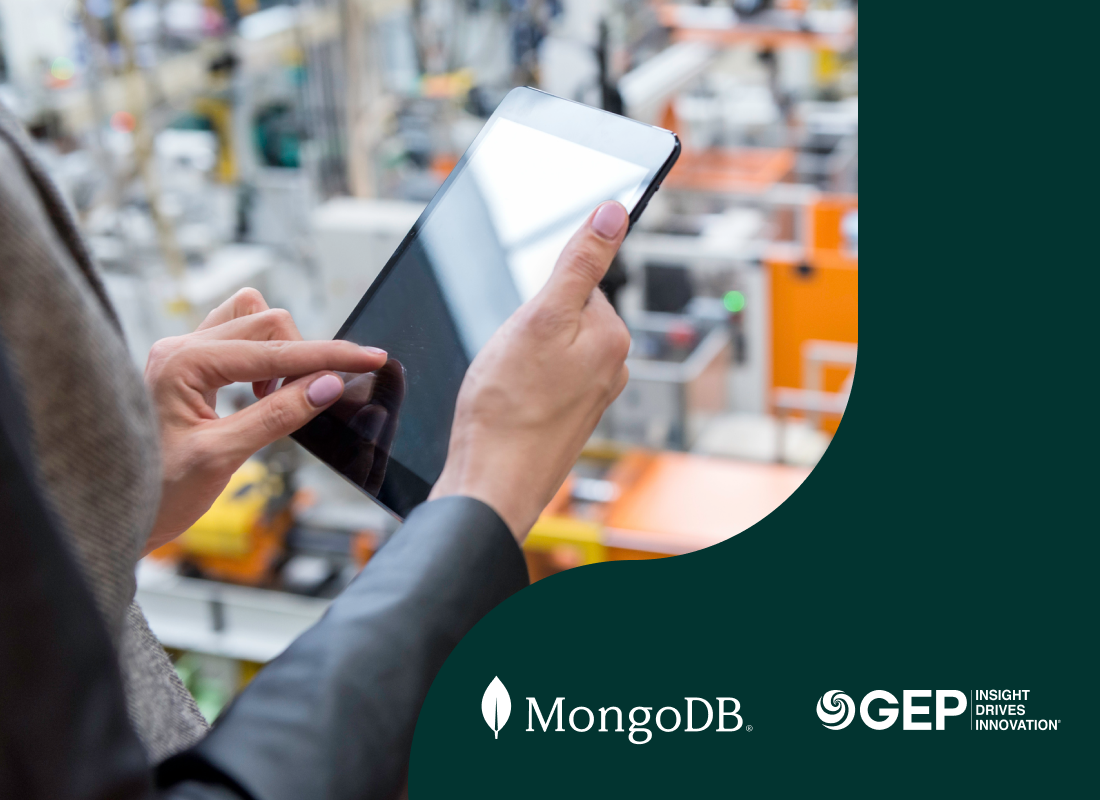Developer ingenuity enables GEP to harness the power of global supply chains
Digital supply chain specialist accelerates software innovation with MongoDB Atlas.


“What we’re attempting to do is create a new model of how big systems can work. Not just at a functional level, but fundamentally. We want to rethink how data can be moved around the business.”
Paul Blake
Senior Director of Engagement, GEP
Senior Director of Engagement, GEP

“We strive to have 90% of transactions processed within 330 milliseconds – that’s the blink of an eye. There are certain transactions that need to be completed within 200 milliseconds, others in 50 milliseconds. It would be impossible to meet these standards without the performance of the MongoDB Atlas platform.”
Nithin Prasad
Engineering Manager, GEP
Engineering Manager, GEP
Take the next step
Get access to all the tools and resources you need to start building something great when you register today.
.svg)